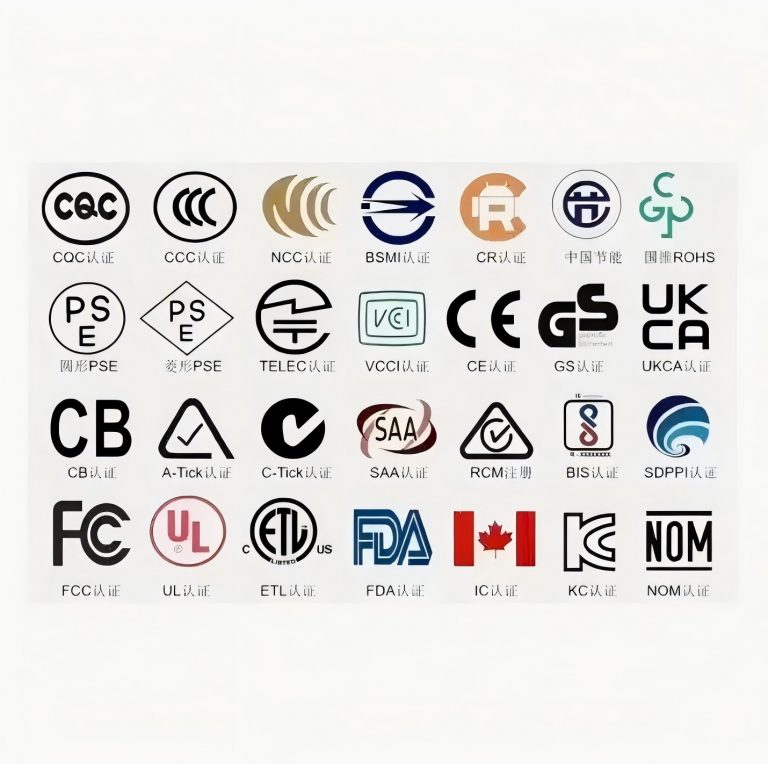VRLA Battery – Everything You Need to Know About
A Complete Guide to VRLA Battery – The Valve-Regulated Lead-Acid Battery Technology
1. What Does VRLA Mean?
VRLA stands for Valve-Regulated Lead-Acid battery. It is a sealed type of lead-acid battery that uses a pressure-regulating valve system to control internal gas buildup.
Key features:
Sealed construction: The electrolyte is immobilized—either absorbed in a glass fiber separator (AGM type) or suspended in a silica-based gel (GEL type).
Valve control: A pressure-sensitive safety valve on top opens to release excess gas (oxygen and hydrogen) during overpressure conditions, preventing an explosion.
Oxygen recombination cycle: Oxygen produced at the positive plate migrates to the negative plate and reacts with lead to form water, maintaining electrolyte balance without water loss.
This design makes VRLA batteries maintenance-free and spill-proof, with no need to add water during their service life.
2. VRLA Battery Technology: A Brief History
Before the 1970s, lead-acid batteries required the plates to be submerged in free-flowing sulfuric acid, which led to water loss during charging due to electrolysis.
Key milestones in VRLA technology:
| Year | Innovation |
|---|---|
| 1957 | German company Sonnenschein developed the SiO₂ gel-sealed lead-acid battery, pioneering the GEL VRLA format. |
| 1971 | Gates Energy, USA, introduced AGM (Absorbent Glass Mat) separators, solving the oxygen recombination problem and improving gas control. |
| 1973 | Small-size VRLA batteries became commercially available, opening the door to UPS systems, telecom backup, and wheelchair power applications. |
Oxygen Recombination Reaction:
During charging, oxygen is generated at the positive plate:
This oxygen diffuses to the negative plate, where it recombines into water, eliminating the need to refill water and ensuring internal pressure control.
Side Reactions:
Despite the recombination mechanism, two side reactions still occur:
Hydrogen evolution (at negative plate):
2H⁺ + 2e⁻ → H₂Grid corrosion (at positive plate):
Pb + H₂O → PbO₂ + 4H⁺ + 4e⁻
To suppress these, manufacturers use lead-calcium alloy plates, which significantly reduce hydrogen evolution and improve battery life.
3. How Does a VRLA Battery Work?
Here’s a simplified schematic diagram of the VRLA battery’s internal working mechanism:

Key elements in the operation:
The safety valve regulates internal gas pressure.
O₂ and H₂ are managed through an internal recombination system.
AGM or GEL holds the electrolyte in place.
Electrochemical reactions are designed to recycle water internally, making the system sealed and low-maintenance.
4. Pros and Cons of VRLA Battery
Comparison with Other Battery Technologies
| Category | VRLA Battery | Flooded Lead-Acid | Lithium-ion | NiMH |
|---|---|---|---|---|
| Environmental Safety | ✅ Sealed, no spills | ❌ Risk of acid leaks | ⚠️ High resource impact | ✅ Safe |
| Maintenance | ✅ No water topping needed | ❌ Regular water checks are required | ✅ No maintenance | ✅ No maintenance |
| Energy Density | ⚠️ Low to moderate | ⚠️ Low | ✅ High | ⚠️ Moderate |
| Initial Cost | ✅ Low to moderate | ✅ Low | ❌ High | ⚠️ Moderate |
| Cycle Life | ⚠️ Medium (200–500 cycles) | ⚠️ Low | ✅ High (1000+ cycles) | ⚠️ Medium |
| Safety | ✅ Very safe | ⚠️ Risk of hydrogen accumulation | ⚠️ Requires BMS | ✅ Safe |
| Typical Applications | UPS, telecom, wheelchairs | Automobiles | EVs, solar systems | Small electronics |
5. Where Are VRLA Batteries Used?
VRLA batteries are used across many sectors, thanks to their reliability and sealed design:
Uninterruptible Power Supplies (UPS)
Telecommunications base stations
Solar and wind energy storage systems
Emergency lighting & alarm systems
Mobility equipment (wheelchairs, scooters)
Forklifts and floor scrubbers
6. Final Thoughts: Why Choose VRLA?
VRLA batteries strike an ideal balance between cost, reliability, and maintenance.
They are:
Maintenance-free
Environmentally friendly
Easy to install
Safe and sealed
Cost-effective for backup and stationary use
Although they may not offer the same cycle life or energy density as lithium-ion batteries, VRLA batteries are trusted worldwide for backup, storage, and off-grid power systems where safety and simplicity matter most.
References & Further Reading:
Battery Council International (BCI). Lead-Acid Battery Technical Manual.
Sonnenschein Battery Datasheets.
Gates Energy Products. Absorbent Glass Mat (AGM) Technology Overview, 1971.
U.S. Department of Energy: Energy Storage Database.
IEC 60896-21 & -22: Stationary Lead-Acid Batteries Standards.

















